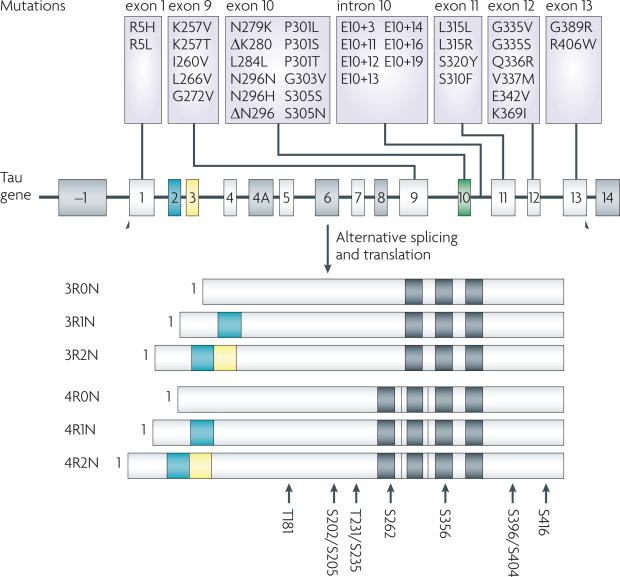Figure 3. The Tau gene, known Parkinsonism linked to chromosome 17 (FTDP-17) mutations and sites of hyperphosphorylation.
Tau is a mult-exonic gene that undergoes alternative post-transcriptional splicing of exons 2 (orange), 3 (yellow) and 10 (green) to yield six isoforms in the brain. Exons 9-12 encode microtubule (MT)-binding repeat domains and the exclusion or inclusion of exon 10 results in tau with three (3-R) or four (4-R) MT-binding domains, respectively (black bars). Tau mutations that result in FTDP-17 map primarily to exons 9-12 or to the intronic region between exons 10 and 11, with the latter increasing the prevalence of exon 10-containing 4-R tau. There are no reported tau mutations in Alzheimer's disease, but hyperphosphorylated tau inclusions are formed that resemble those seen in FTDP-17. There are ~40 reported sites of tau phosphorylation, and the major hyperphosphorylation sites91 are shown at the bottom of the figure.

